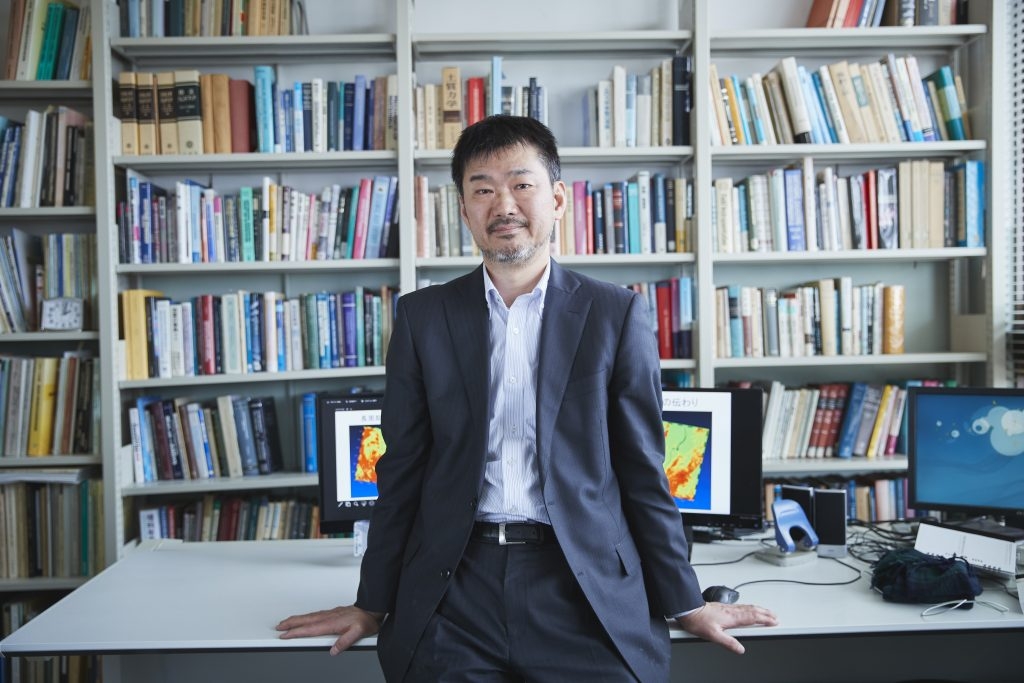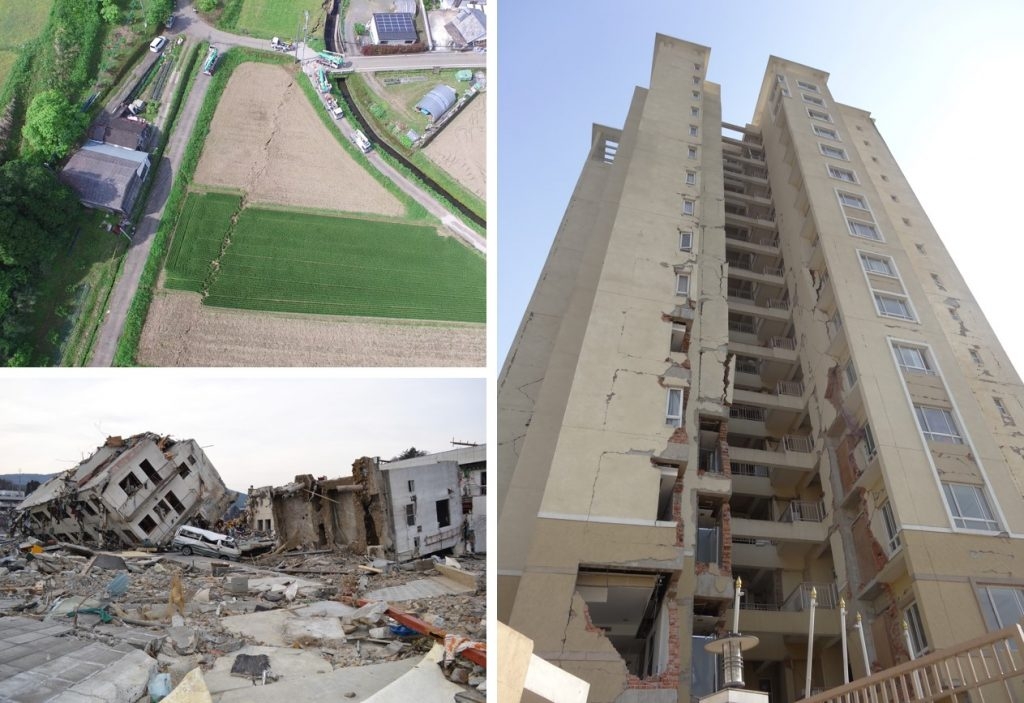Japan is prone to earthquakes. Did you know that 20% of all the magnitude 6 or higher earthquakes in the world occur in the vicinity of Japan?
A land of earthquakes like Japan requires robustly earthquake-resistant buildings.
The Nagano Laboratory in the Faculty of Science and Technology’s Department of Architecture is researching earthquake hazards from the perspective of both ground vibration and building vibration. Understanding just ground vibration or just building vibration is not enough for improving the earthquake resistance of society as a whole.
Developing robust countermeasures requires an understanding of the types of earthquakes and the ways in which the ground and buildings vibrate in response.

The Nagano Laboratory studies building damage in the wake of earthquakes, as well as studies earthquake and building records and runs simulation analyses. This research into vibration and damage causation has yielded a great deal of insights.
For example, there are different varieties of earthquake vibrations that travel out from the hypocenter, and each of these causes different varieties of damage. Given that buildings constructed after the passage of the revised Building Standards Act in 2000 show comparatively little damage, increasing seismic resistance makes buildings much less likely to topple in an earthquake. Seismometer monitoring and simulation analysis conducted on high-rise apartment buildings reveals a variety of things, such as that the same building can be affected differently based on type of vibration and location.

In Japan, where there are ever more and taller high-rise buildings, developing earthquake countermeasures for tall buildings is an extremely important challenge.
The aim of the Nagano Laboratory is to turn Japan from a land of earthquakes into a land of no earthquake damage. Every day, these researchers study how to improve building durability in order to provide greater safety and peace of mind to all Japanese residents in their daily lives.
■ Main research content